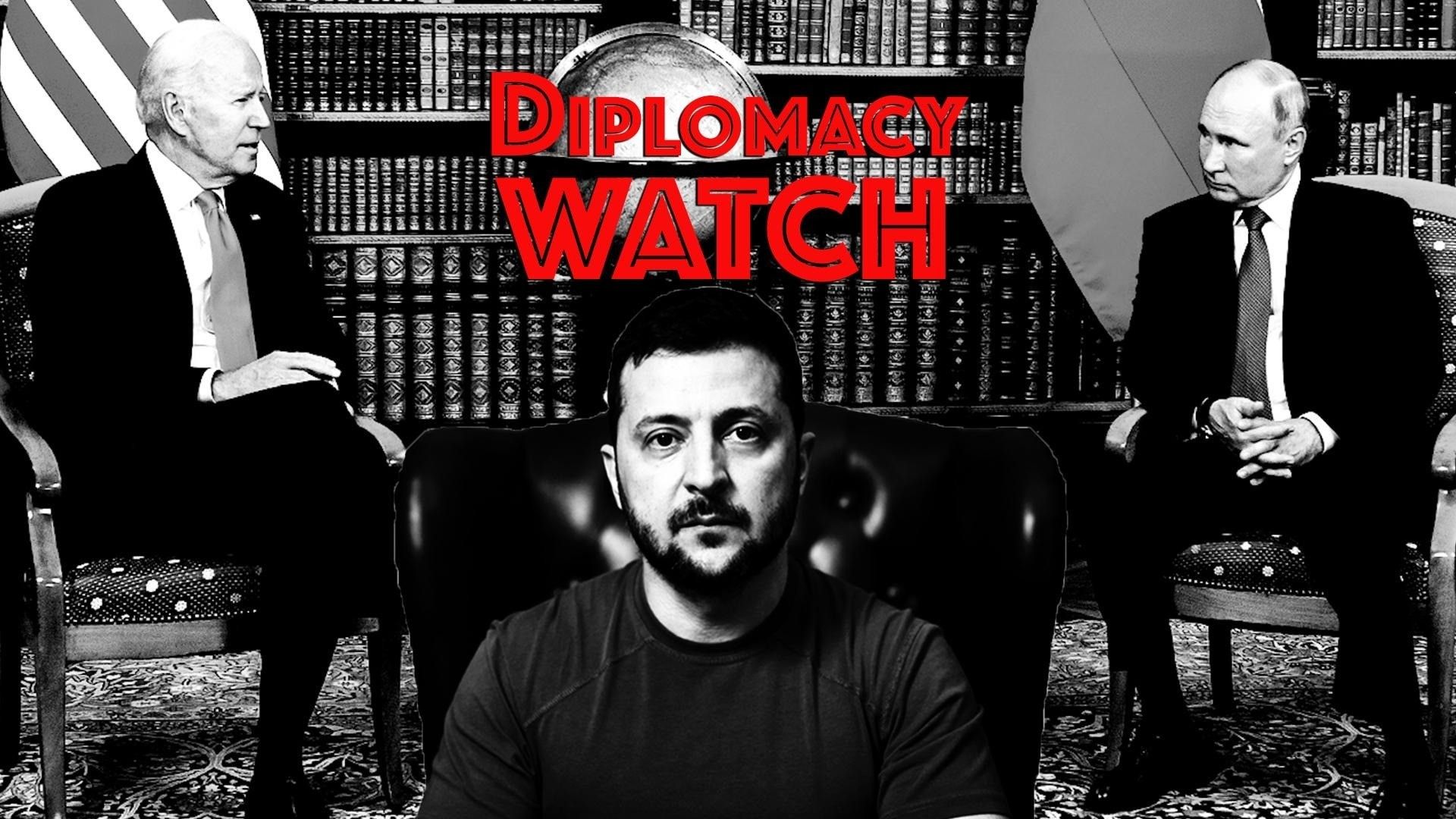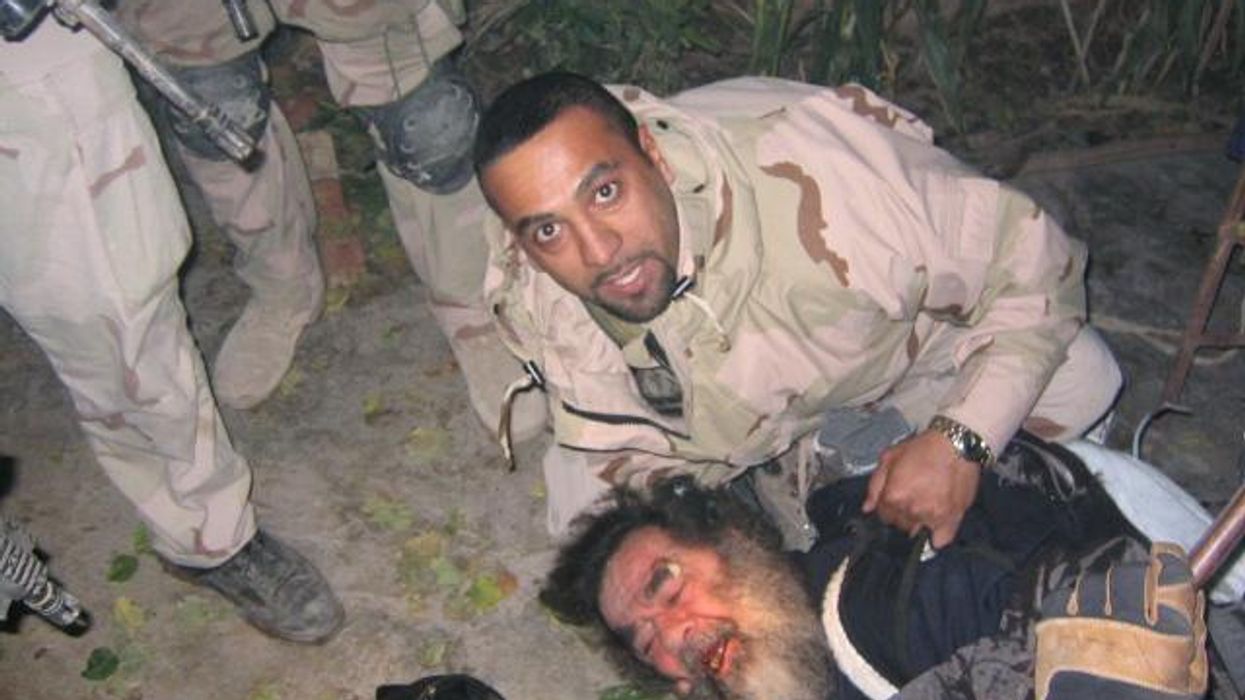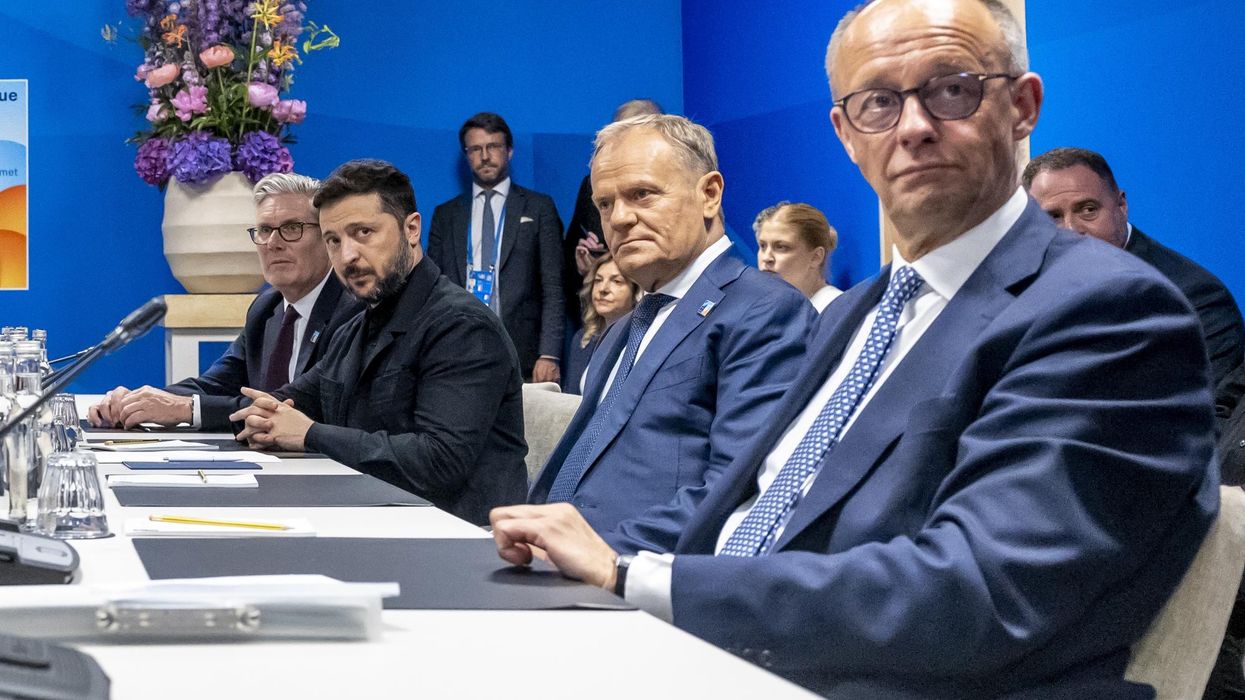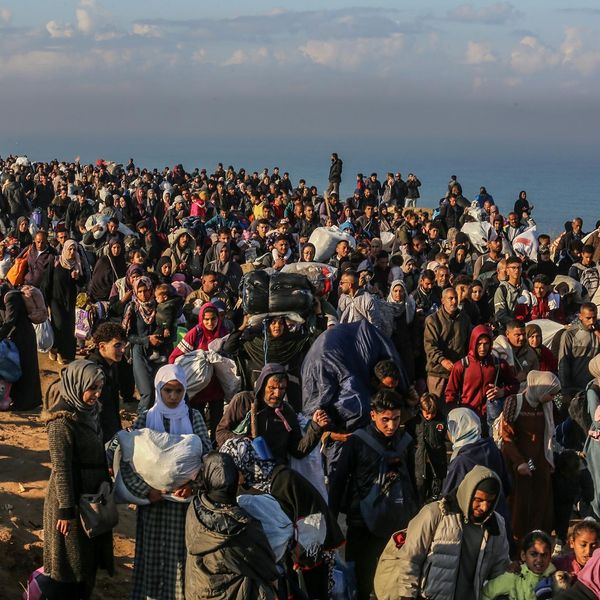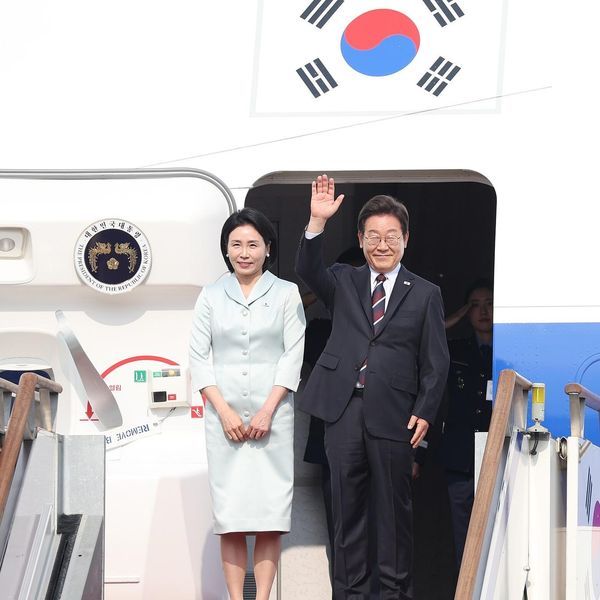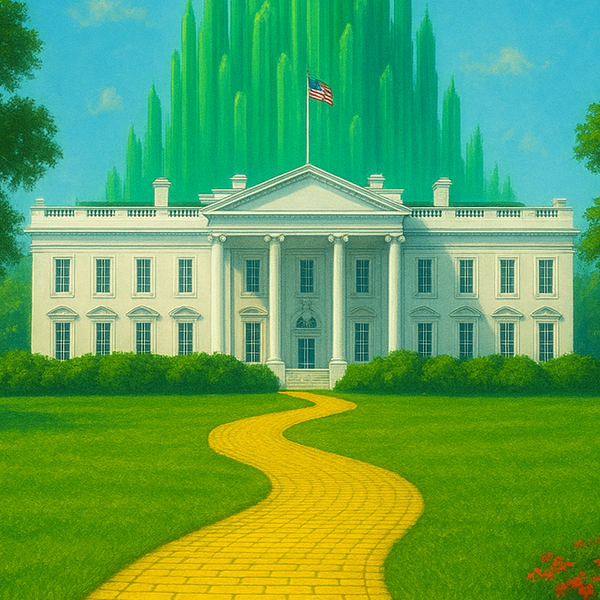The last few weeks have looked like a fast-forward version of the Biden administration’s broader approach to its support for Ukraine. At the war’s outset, Washington insisted that it was not at war with Russia and that American troops would not be deployed to defend Ukraine.
The administration laid out a series of guidelines that it hoped would allow them to support Ukraine without provoking Russia to the point that Moscow felt compelled to escalate. Little by little, however, the U.S. began loosening its policies, notably on the supply of certain weapons, greenlighting the transfer of long-range missile systems, Abrams tanks, cluster munitions, and more.
At each step, the Biden administration would wait and gauge the Russian response before making more escalatory decisions. In recent weeks, perhaps motivated by Ukraine’s deteriorating battlefield position, this process has accelerated.
In late May, Washington reversed course and gave Kyiv permission to conduct limited strikes in Russian territory using U.S. weapons. Then, on June 10, the State Department lifted a years-long ban on the neo-Nazi-linked Azov brigade’s access to American weapons. The following week, the Biden administration said that attacks using U.S. arms need not be limited to the region near the northeastern city Kharkiv, but that they could hit Russian targets “anywhere” across the border.
Now, this week, reports indicate that the president is “leaning toward” rescinding a “de facto ban” against deploying American contractors to Ukraine.
Like the earlier moves, Washington will likely wait to see how Mocow reacts, but it does make the prospect of a dangerous escalation more likely. “It is too soon to tell whether such a move, if enacted, would bring the United States closer to having its own troops participate in the war effort more directly, at least in some fashion,” the Quincy Institute’s Zachary Paikin wrote in RS on Wednesday. “Undoubtedly, the Kremlin would view a full-fledged contingent of Western troops on Ukrainian soil as intolerable, and it is difficult to assess the precise threshold at which Moscow will consider one of its red lines to be crossed.”
As Paikin notes, this kind of escalation is inevitable given that the Biden administration has defined the war as a battle for the future of democracy and the international order. Without a change in the broader U.S. strategy, policy changes are likely to continue down this path if conditions in Ukraine become increasingly desperate.
Washington is already dealing with the fallout from one of these decisions. Secretary of Defense Lloyd Austin spoke with his Russian counterpart for the first time in 15 months on Tuesday, after the Kremlin blamed the U.S. for a Ukrainian attack in Crimea that killed four and injured more than 150, according to Russian media. The attack was carried out using American-provided ATACMs.
“Of course, the involvement of the United States of America in hostilities, direct involvement in hostilities that result in the death of Russian civilians, this, of course, cannot but have consequences," Kremlin spokesman Dmitry Peskov said in response to the strike. "What exactly — time will tell.”
In other diplomatic news related to the war in Ukraine:
— Two former staffers on Donald Trump’s national security council released a plan on how they would bring an end to the war in Ukraine. The America First Policy Institute published Retired Lieutenant General Keith Kellogg and Fred Fleitz’s report, titled “America First, Russia, & Ukraine.”
"We tell the Ukrainians, 'You've got to come to the table, and if you don't come to the table, support from the United States will dry up,'" Kellogg told Reuters. "And you tell Putin, 'He's got to come to the table and if you don't come to the table, then we'll give Ukrainians everything they need to kill you in the field.'"
Fleitz said that they had shown the proposal to the former president, who responded favorably, according to Fleitz’s account. “"I'm not claiming he agreed with it or agreed with every word of it, but we were pleased to get the feedback we did," he said.
Kyiv, however, is reportedly not taking the proposal very seriously. “We believe it’s just the race of folks who want to make it look like they are setting new Trump’s foreign policy agenda and reminding [people] about themselves,” a source close to Zelensy’s office told Politico. “The perception is that nobody actually knows what Trump’s approach will be. Kyiv is quite calm with that.”
— The European Union on Monday approved the first tranche of aid for Ukraine that will be paid for with seized Russian assets. “The money won't be used for reimbursements, as is normally the case with the [Ukraine Assistance Fund], but for direct purchases of kit like ammunition and aerial defense systems. A quarter of the amount will be used for purchases from Ukrainian industries,” according to Politico.
— NATO appointed outgoing Dutch Prime Minister Mark Rutte as its next secretary-general on Wednesday. Rutte won support from Hungary after agreeing that Budapest would not be forced to provide personnel or funds to NATO’s new Ukraine aid proposal.
“While he was Dutch prime minister, Rutte was a strong supporter of Ukraine and its right to defend itself after Russia’s 2022 invasion,” according to The Washington Post. “Under his leadership, the Netherlands pledged military hardware to Kyiv including Leopard tanks and F-16 fighter jets.”
— Zelensky suggested on Thursday that Ukraine would be looking to put a plan to end the war at the next peace summit, according to The Kyiv Independent. "We don't have much time. We have a lot of injured, killed, both military and civilian,” he said. “So we do not want this war to last for years. Therefore, we have to prepare this plan and put it on the table at the second peace summit." So far, Zelensky’s conception of a settlement has been his “peace formula,” which is a non-starter for Moscow, and the first peace summit was aimed at shoring up global support for this vision.
U.S. State Department news:
In a Tuesday press briefing, State Department spokesman Matthew Miller said that Washington supports International Criminal Court investigations into Russian war crimes. This week, the ICC issued arrest warrants for former Russian Defense Minister Sergei Shoigu and the Chief of the General Staff Valery Gerasimov.
“We have made clear that there have been atrocities committed by Russian forces in their illegal invasion of Ukraine and that there ought to be accountability for those atrocities,” Miller said. “We support a range of international investigations into Russia’s atrocities in Ukraine, including the one conducted by the ICC.”
- Testing Russia’s red lines could become a fatal experiment ›
- Russian hawks push Putin to escalate as US crosses more ‘red lines’ ›

